What does it take for a fruit-growing company to survive for a century?
R.A. “Dick” Symms, whose grandfather established Symms Fruit Ranch at Sunny Slope, Idaho, tells all in a book he wrote to mark the company’s centennial.
He recommends that business operators follow his “Principles for Living,” the most important of which is to have integrity, which will give them credibility in the community and with their employees. They also should have moral courage, good judgment, a set of priorities, perseverance, and a sense of humor, he says. A little luck will always help, but success mostly depends on
diligence and productivity.
“I’ve noticed that people who work the hardest are the luckiest,” he says.
Symms Fruit Ranch, one of very few deciduous fruit producers remaining in Idaho today, supplies the world with apples, peaches, apricots, pears, plums, pluots,
nectarines, and cherries. It also grows grapes for Ste. Chapelle Winery, which it founded but no longer owns, and produces a range of other crops.
Richard Symms, founder of the fruit-growing business, was born in Iowa and moved with his family to Kansas. After their marriage in 1896, Richard and his wife Eva became dairy farmers and had three children, Darwin (Dick’s father), Leta, and Doyle.
Richard read a lot in newspapers and magazines about fruit growing. Many of the orchards he learned about were in western Oregon in the famous Willamette Valley. In 1912, at the age of 44, he had a chance to draw on a piece of land for homesteading in Oregon.
“He put his money in—I think it might have only been about $100—and drew out his lot, which I believe was 40 acres,” grandson Dick recounts in his glossy, 180-page book entitled Symms Sunny Slope: The Life and Times
of the Symms Family, which is packed with pictures,
history, and anecdotes.
“But instead of being in western Oregon, where the land was fertile and where fruit was already grown, the land was in eastern Oregon, where volcanic rocks, sagebrush, and errant tumbleweeds, offspring of the common Russian thistle, prospered,” Dick continues. “Unaware of this, my grandfather decided to head out West.”
The nearest railroad stop to his property was Caldwell, Idaho. On arrival in Caldwell, Richard bought a team of horses, a wagon, and supplies and headed out to find his property, determined to fulfill his dreams.
As it turned out, the road came to an end 11 miles south of Caldwell, Idaho, in a place called Sunny Slope. Although there were ferries, there would be no bridges across Snake River for another eight years.
“So my grandfather did as he always seemed to do,” Dick recounts. “He made the best of the situation, stopped right there, and rented a place to live and farm before returning to Kansas to wrap up his dairy operations and get his family.”
Richard returned the following spring with his family and bought 80 acres of land, which the Symms family still calls the “Home 80.” He never did see the
parcel of homestead land he drew in the lottery.
That year—1914—Richard and his son Darwin (then aged 14) planted eight acres of apples, peaches, pears, cherries, and other fruit. Four of those original trees remain today.
In 1928, Darwin returned to the ranch after graduating from the College of Idaho. His younger brother, Doyle, returned three years later. During the 1930s, despite tough marketing times, they acquired neighboring land, increasing their farm to 230 acres. They expanded again after World War II with another 320 acres.
The family continued to expand and now farms about 5,500 acres, of which 3,500 acres are in fruit crops (apples, peaches, nectarines, pears, plums, apricots, cherries, grapes, and quinces). The rest of the acreage is in row crops, including potatoes and onions. In addition, they have 1,000 head of cattle. Diversification has kept the business viable.
“We keep our eyes open for new opportunities, and are continuing to search for newer and better ways to deliver a quality product to the consumer,” Dick writes in the book.
“I have professed for decades that a business cannot be static. It’s not possible to stay in one spot—you’re either going to shrink, or you’re going to grow. In our case, we’ve chosen to grow. We’re some of the few who are still here in the fruit industry in Idaho.”
Fifty years ago, Idaho fruit farms were plentiful, with about 30 shippers in southwestern Idaho. In the Sunny Slope area alone there were at least ten shippers.
Today, there are only two large commercial fruit producers in the region: the Symms and the Henggeler families. Symms Fruit Ranch produces a large percentage of Idaho’s tree fruits and has a payroll of $10 to $15 million, most of which stays in the local economy. The company ranks in the nation’s top 25 pome fruit growers as well as in the top 25 stone fruit growers.
Dick, together with his cousin Kathy (Doyle’s daughter) and her husband, Jim Mertz, ran the company for many years. Dick’s brother Steve Symms served in the U.S. House of Representatives and U.S. Senate from 1972 to 1992.
Now, the fourth generation is involved. Steve’s son Danny joined the company in 1983, and Jim Mertz’s son Jamie returned to the farm in 1993. Dick’s son Dar came back to the business in 1994. Over the past 20 years, they have gradually been taking over the helm from Dick and Jim.
Success didn’t just happen, Dick said. “It takes a lot of work. It’s taken a lot of effort and worries and tears and sweat over the years.”
The family celebrates their centennial with an open house on August 1 from 4 to 8 p.m. For more information about the company, check the website www.symmsfruit.com. Anyone who would like a copy of the book should contact Dick Symms at ras@symmsfruit.com

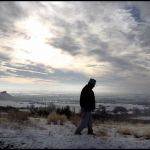
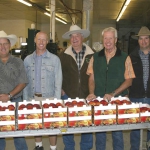
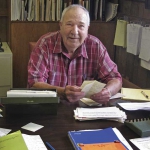

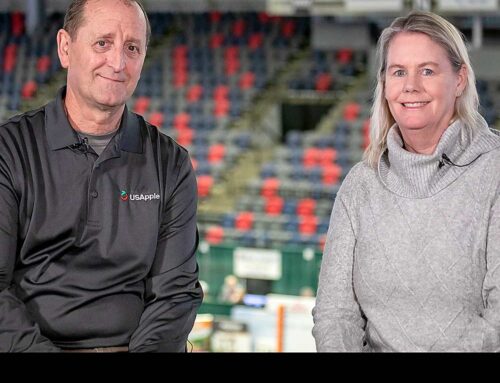
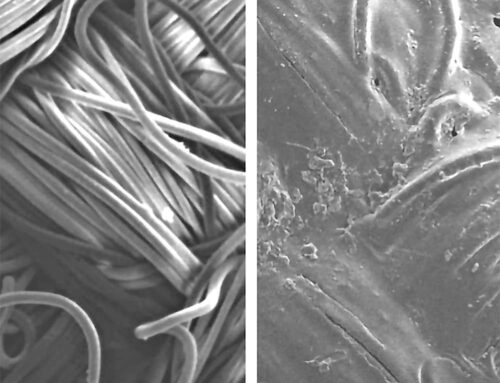
Leave A Comment